If your team have to get off of the ground to complete jobs in hard to reach workspaces, then you need to make sure your people have the knowledge to work at heights safely. An aerial lift is any vehicle-mounted device that elevates personnel to perform work in high places.
Aerial Lifts
$9.99
Description
If your team have to get off of the ground to complete jobs in hard to reach workspaces, then you need to make sure your people have the knowledge to work at heights safely.
An aerial lift is any vehicle-mounted device that elevates personnel to perform work in high places. Types of lifts include extendable boom platforms, vertical towers, and scissor lifts. Aerial lifts are useful for many jobs in general industry, like cleaning, maintenance, inspection, stock picking, etc. But, if you make a living as a painter, HVAC tech, or electrician, then you likely spend a lot of time on aerial lifts.
Operating aerial lifts safely begins with preventive maintenance and conditioning of machinery, and there are a lot of considerations before even turning on the key, but the majority of aerial lift accidents happen because of a lack of training or inattention.
The most common hazards involving aerial lifts are falls, tip-overs, ejections, structural failure, and electrocution. Inexperience with equipment is another common factor in aerial lift accidents. At a minimum you need to be familiar with correct lift operation, how to perform inspections, and knowledge of manufacturers’ requirements.
Things to Remember When Working with Aerial or Scissor Lifts
- Check that the control labels, switches, and instructions on the console, are marked and legible; you should know which direction levers and shifts will take you, and exactly what will happen when you work with other instruments on the console.
- Get to know each of the lift controls and practice using each of the lift’s functions in a clear, level area before heading into the workspace. Think of this as a warm up.
- Take the combined weight of the workers, tools, and materials into account when calculating the load; exceeding load capacity or boom limits is a dangerous mistake that is easily preventable. Pay attention to the listed limitations.
- Aerial lifts are designed to one job—safely elevate workers and materials. It is not a good idea to take this machinery and try to use it for jobs that should be performed by other industrial equipment. For example, using an aerial lift as a crane is a bad idea.
- Unless the manufacturer’s instructions allow it, you should never ride around in an aerial lift when it is raised or when a boom is extended; doing so may save you some time, but this is the most common way that folks get into trouble when working from aerial lifts.
- Another way to create a big problem is to operate the lower level controls without communicating with the worker in the lift; you have to check to make sure the aerial lift is clear of workers before manipulating those controls, or else you can throw them off balance, or put them into a hazard they may not be aware of.
- Working the equipment beyond vertical or horizontal reach limits, stresses aerial lift machinery and can create a special set of problems; the hazards you may normally encounter, like issues of balance and stability, are all worse when you increase the height past the intended limitations. As a rule, the higher you rise in an aerial lift, the more aware you need to be.
- The work environment and exposure to the elements are really important considerations that demand your constant attention. For example, operating a lift when winds are above a certain speed (recommended by the manufacturer) is inviting trouble.
- The other often overlooked consideration is awareness for the people who may happen to be working below you. In those circumstances, your activities above may present hazards below, and the activities of those working below can create unforeseen dangers for worker using aerial lifts.
Aerial lift training and situational awareness are so critical to the safe operation of this equipment. Retraining needs to happen when there is an accident during lift use, a change in workplace hazards involving lifts, when a different lift is introduced, or if an employer sees someone working a lift the wrong way.
Why SafetyNow?
Not all training is equal. With SafetyNow, learners and leaders will notice the difference in value:
- Quality: Professionally-researched and designed using the latest mobile and responsive technologies
- Convenience: Works instantly on any device, desktop or mobile
- Time savings: What learners need to know, not extra fluff or legalese
- Reporting: Consistent, instant compliance records available anytime
- Support: Customer and learner support included at no charge
- Recognizing different types and uses for aerial and scissor lifts.
- Identifying the hazards of aerial and scissor lift use and operation.
- Being able to correctly choose inspection criteria for a vehicle, lift, and the work surroundings prior to lift operation.
- Knowing safe work practice for operating aerial and scissor lifts.
- Any Learning Management System (LMS) Use with any SCORM, AICC, xAPI, TinCan, HTML5, or other LMS (learning management system).
- Any Device Desktop, laptop, tablet, or mobile phone – it simply works, everywhere.
- Engaging Professionally-developed, including an on-screen host and modern, easy-to-understand text, media, and voiceovers.
- Unlimited Attempts Each module can be taken as many times as required to get a passing grade. Unlike our competitor’s courses, if you get an answer wrong, you are redirected to the exact eLearning segment you struggled with… you don’t need to go through the entire module again, just the one part you need a refresher on.
Only logged in customers who have purchased this product may leave a review.

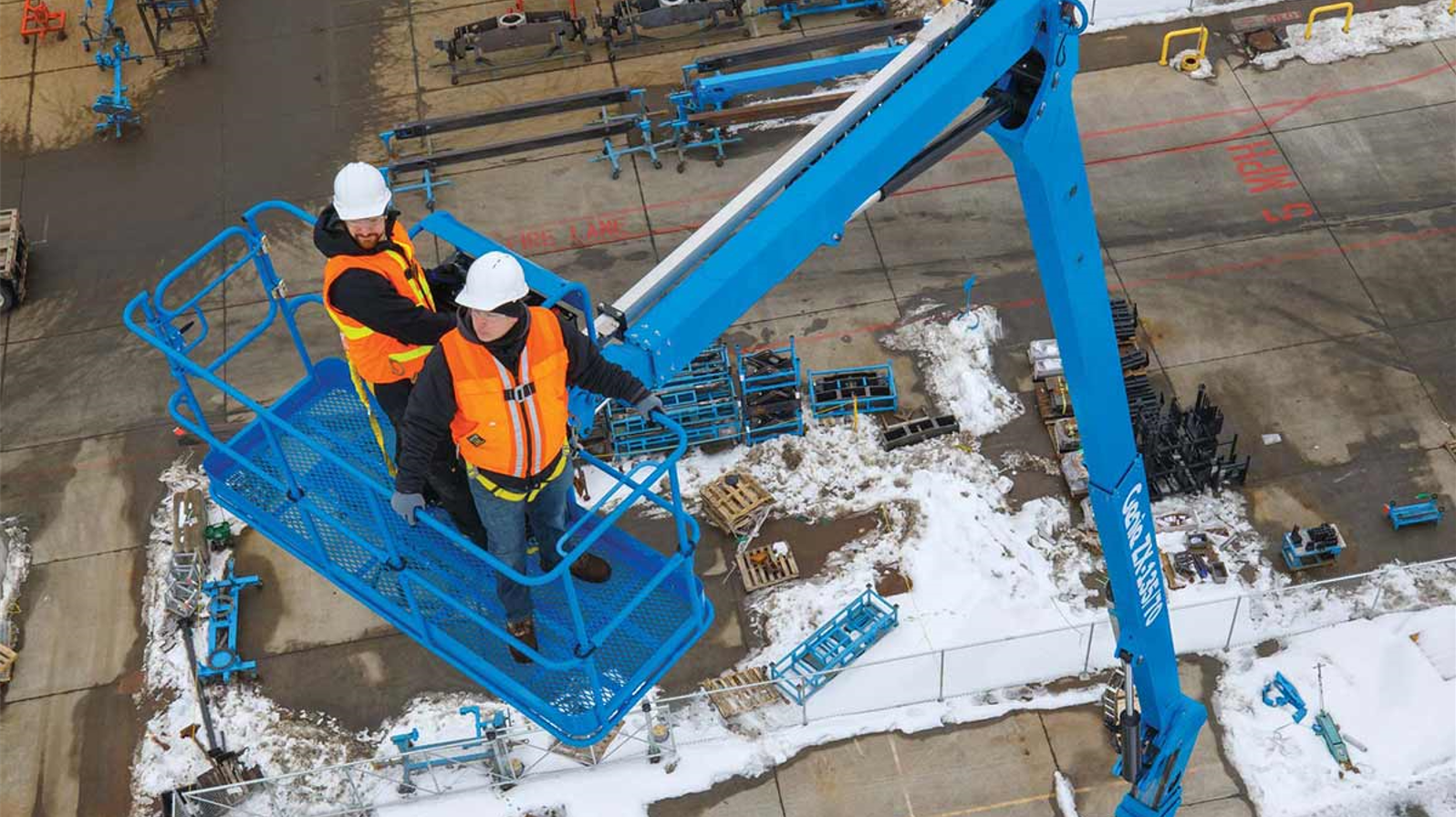
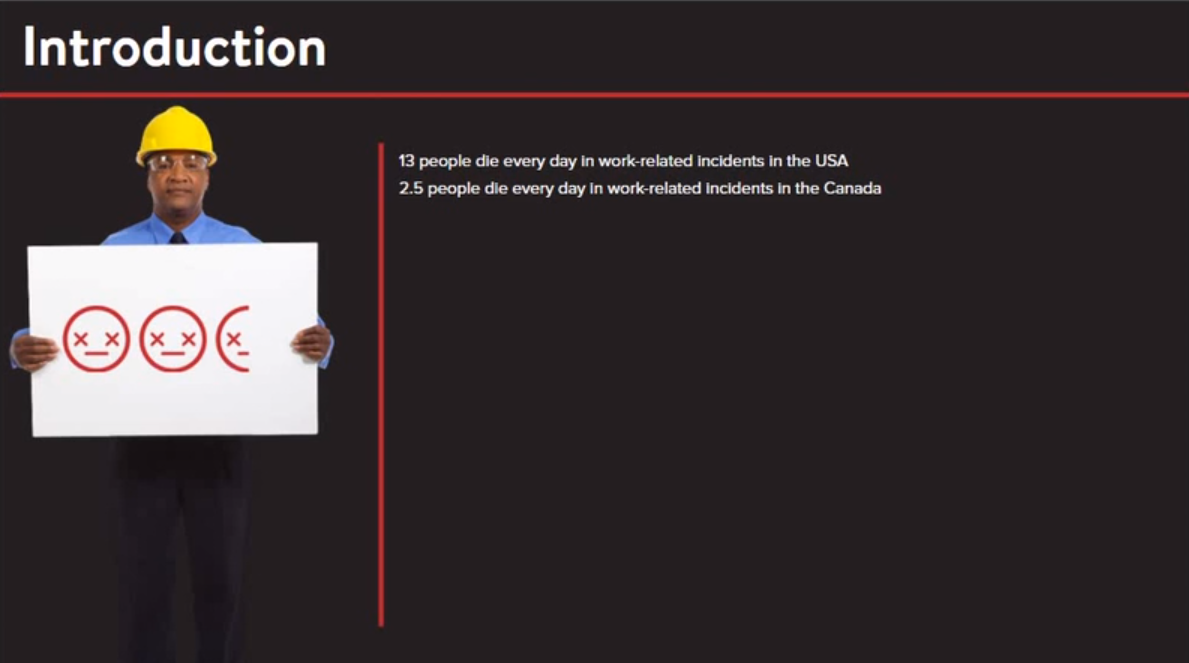
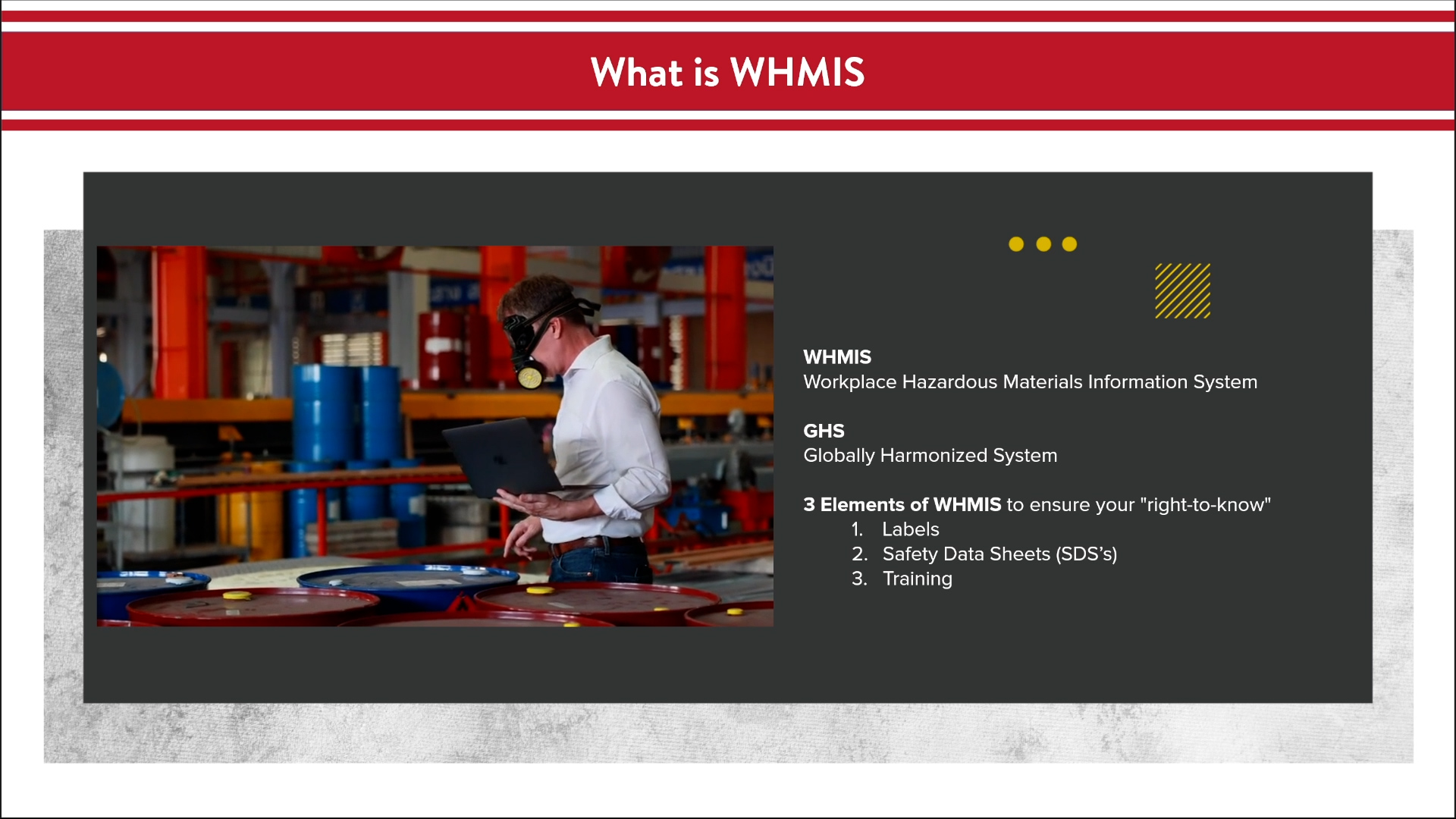


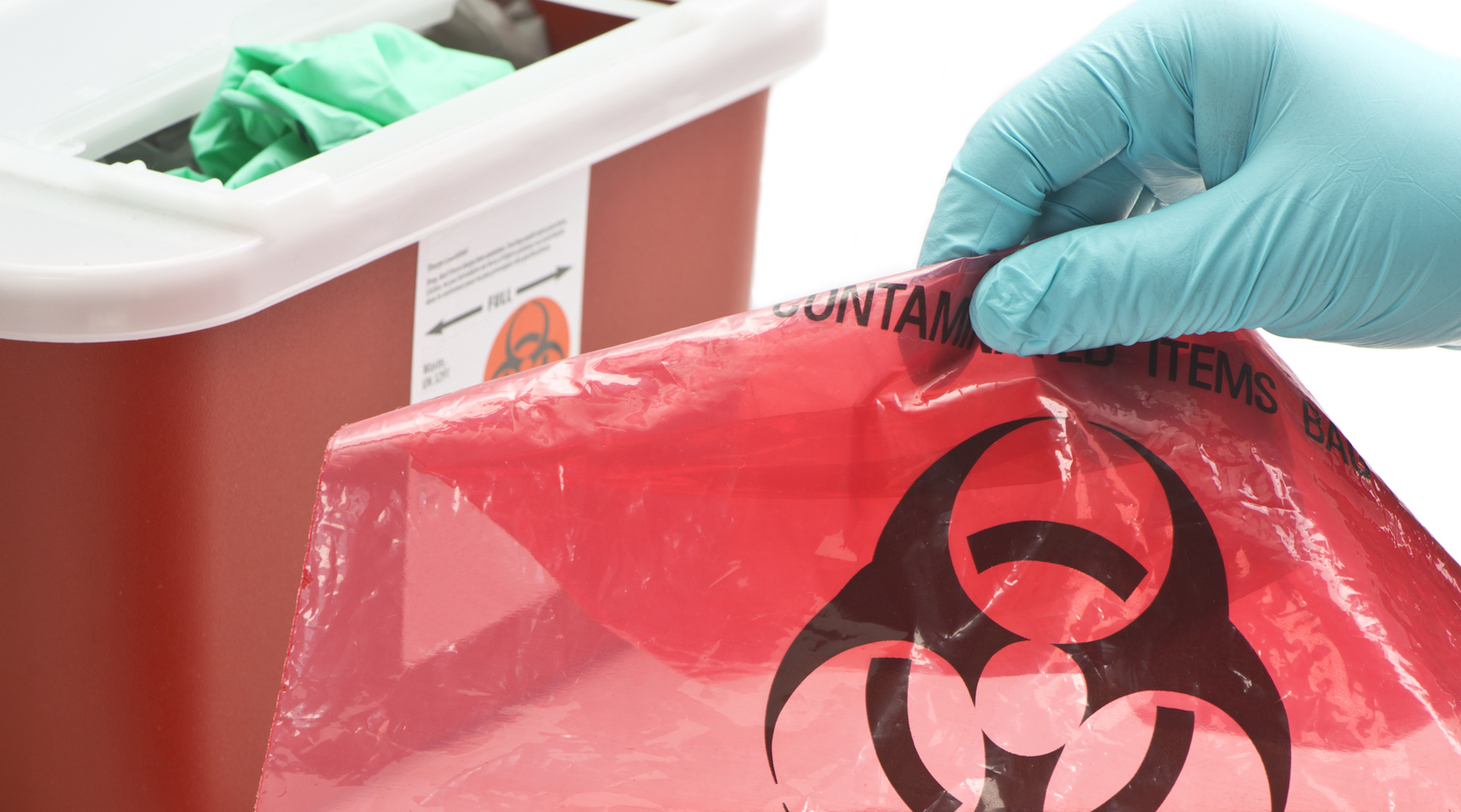
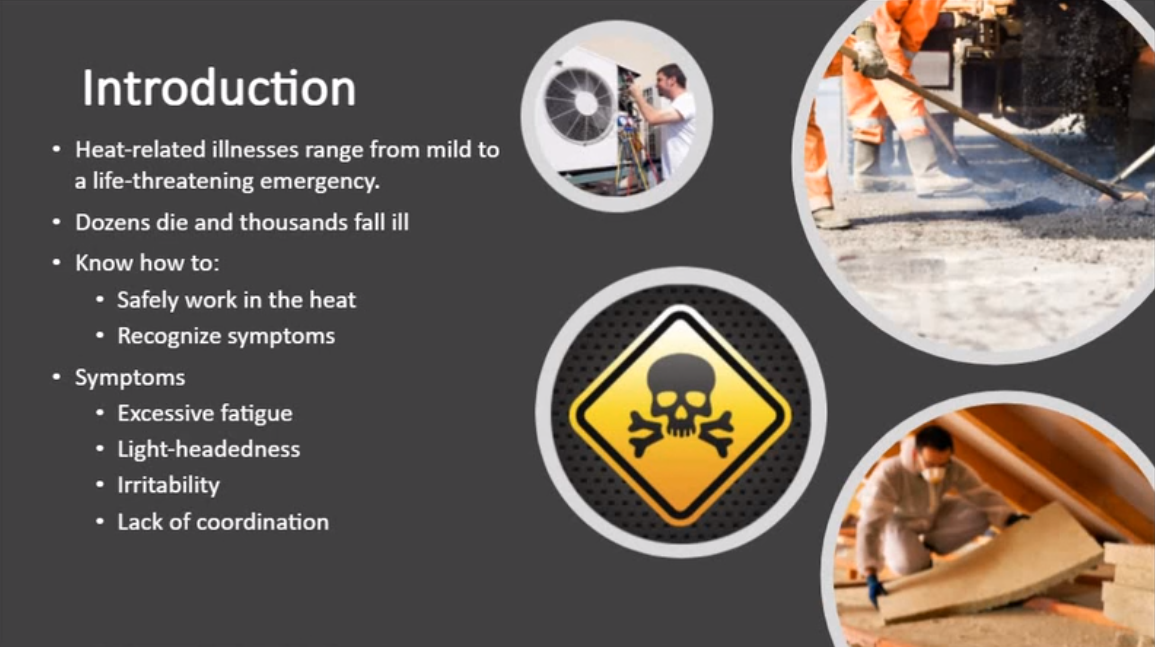

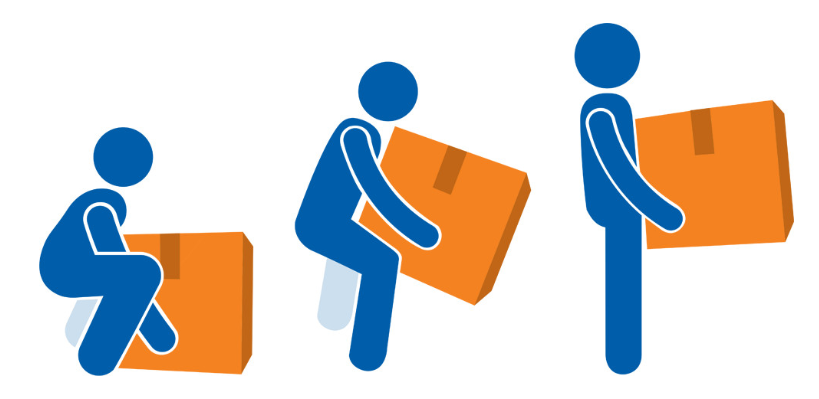
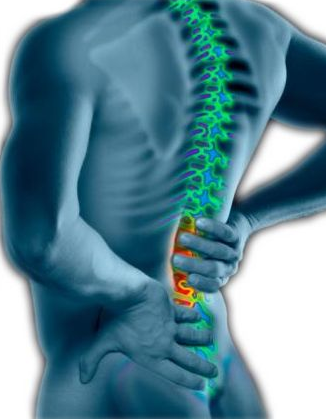

Reviews
There are no reviews yet.